Measurement Teaching Resources
Is your maths class ready to dive into length measurement, measuring objects and more measurement practice? Say hello to printable units of measurement worksheets, games and digital activities created by teachers for teachers!
This collection of teaching resources was created by our expert maths teachers to help students meet Australian Curriculum standards. Each printable and digital download has undergone a rigorous review by the teachers on the Teach Starter team to ensure they’re student-ready — so you can cut down on lesson planning time!
New to teaching this part of the maths curriculum? Our teacher team knows what it’s like to suddenly teach a brand-new year level, so we’ve put together a quick guide to teaching measurement!
What Are the 4 steps of Teaching and Learning Measurement?
Students have to learn a long list of measurement concepts during their time in primary school, including:
- length
- liquid volume
- elapsed time
- mass (weight)
- area
- volume of three-dimensional figures
The good news for teachers: Most measurement concepts have very real-world applications for students. That means there's a whole world of ways to get students excited about reading a ruler or tape measure or weighing heavy objects on a scale.
But before you can get there, let's start with the basic steps to work through when you're teaching students how to measure ... well ... anything!
- Direct Comparison — One of the earliest steps of learning measurement is learning the attributes that are being measured. For example, students need to learn what length is if they're ever going to measure it. That's where direct comparison (and step 2, indirect comparison), come in. If you put 2 objects side by side, students can directly compare which is longer and which is shorter and start to understand how to measure an object.
- Indirect Comparison — What happens when you can't directly compare two objects? You can add a third as a reference point for indirect comparison, thereby increasing student understanding of the attribute being measured.
- Measuring With Non-Standard Units or Informal Units — Just as students need to understand the attribute of measuring, they also need to understand the concept of the units we use to measure such as metres or litres. Using non-standard units is the first step to teaching the concept of units, offering students the chance to work with different objects, counting how many of these 'units' it takes to make up another. This is the fundamental base of measurement.
- Measuring With Standard Units — In the final step of teaching measurement, students move on to using the formal units of measurement and learn to use measurement instruments.
Why Is Teaching Measurement Important?
There are concrete uses for learning measurement that will surely spring to mind — from using a tape measure to measure a space in a home to weighing ingredients when baking to determining the capacity of a juice glass before pouring in the liquid. These are all means for quantifying our environment.
But the benefits of teaching students about measuring lines with a ruler or figuring out mass measurements from largest to smallest go well beyond the obvious. Learning to measure helps students develop spatial and number skills.
- Free Plan
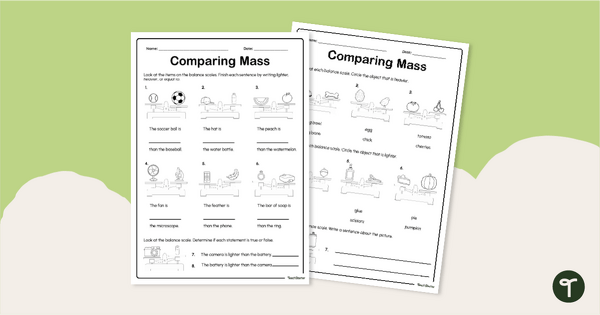
Comparing Mass With Balance Scales Worksheet
Practise comparing and contrasting the mass of objects as shown on balance scales with this set of mass measurement worksheets.
- Free Plan
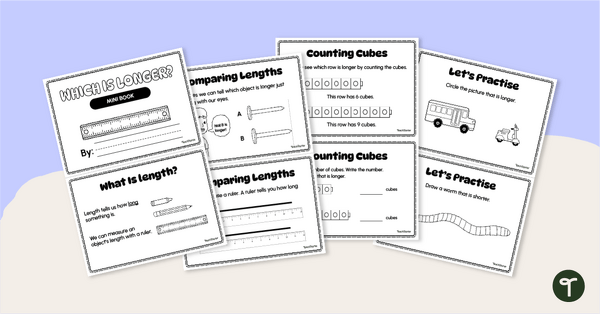
Which Is Longer? – Mini Book
Compare the length and height of various everyday objects with a printable measurement booklet.
- Plus Plan
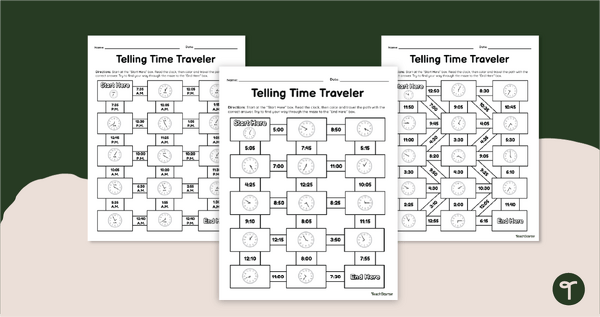
Telling Time Maths Mazes - 5 Minutes
Tell time to the nearest five-minute mark and make maths fun with a printable pack of Telling Time maths mazes.
- Plus Plan
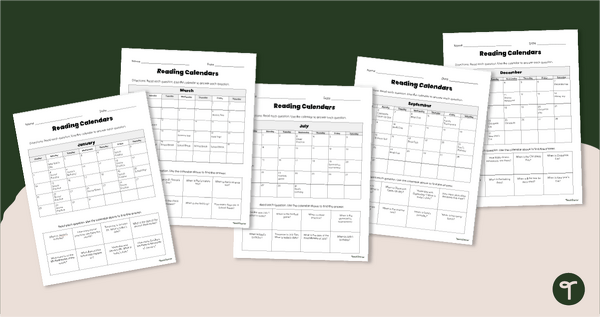
Reading a Calendar Worksheets
Practise reading a calendar with a pack of printable monthly Calendar Worksheets.
- Plus Plan
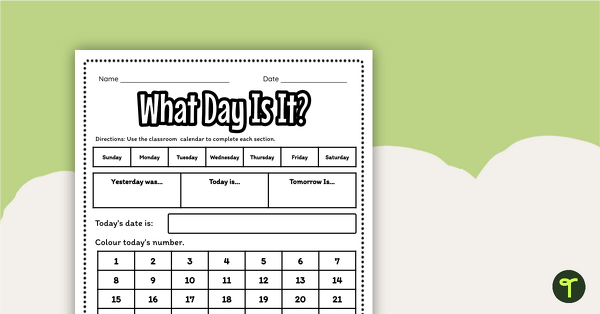
What Day Is It? Calendar Math Worksheet
Engage students in daily maths review lessons with a printable ‘What Day Is It’ Calendar Maths Worksheet.
- Plus Plan
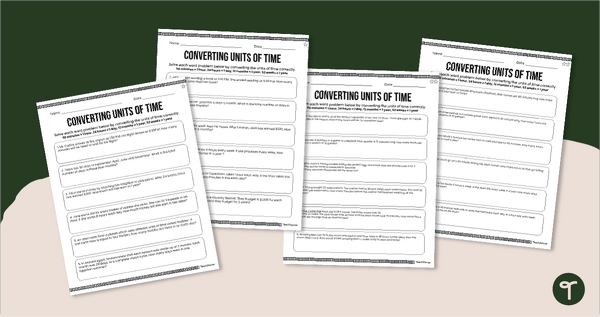
Converting Time Word Problems Worksheet
Develop problem solving skills set of printable multi-step time conversion worksheets.
- Plus Plan
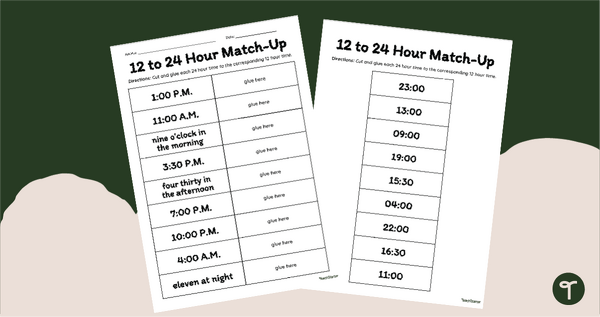
24-Hour Time Sort Worksheet
Match 12 and 24-hour time with a cut and paste time conversion worksheet.
- Plus Plan

Time by the Minute - Year 3 Maths Interactive
Practise telling time by the minute with an interactive Time-telling digital learning activity.
- Plus Plan
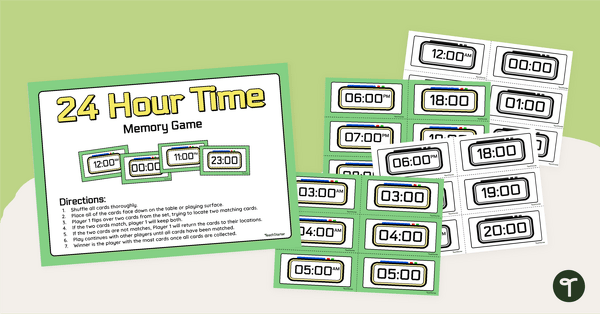
24-Hour Time Memory - Year 5 Maths Game
Practise converting 12-hour and 24-hour times with this fun 24-Hour Time Game.
- Free Plan
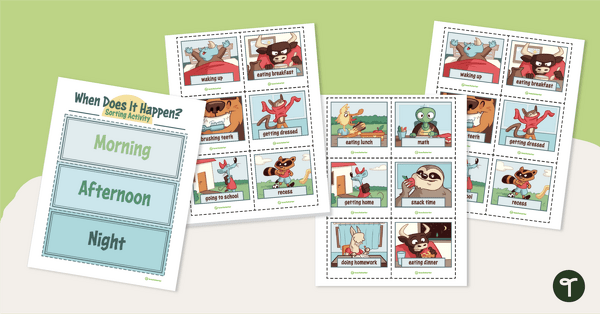
When Does It Happen? – Sorting Activity
Identify activities that happen in the morning, afternoon, and at night with a Time of Day Sorting activity for Foundations students.
- Plus Plan
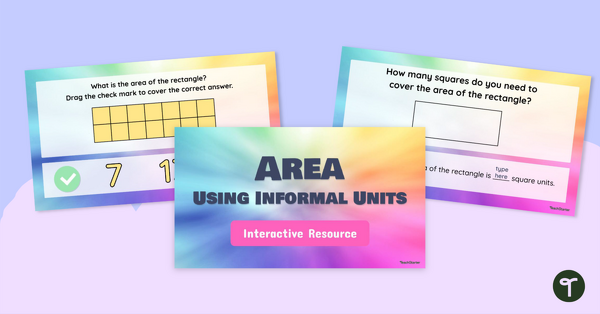
Measuring Area Using Informal Units Interactive Activity
Use this set of ten interactive slides to help your students practise measuring the area of regular and irregular shapes using informal (square) units.
- Plus Plan
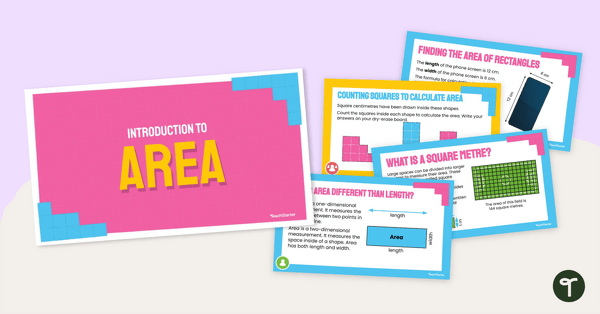
Introduction to Area Teaching Slides
Introduce the concept of measuring the area of regular shapes with this 22-slide instructional slide deck.
- Free Plan
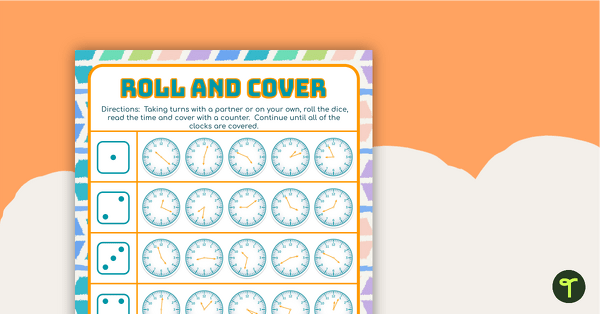
Roll and Cover – Telling Time to the Minute
Practise telling to the minute with this roll and cover game
- Plus Plan

Perimeter Word Problems Worksheet
Get students solving real-life perimeter word problems with a printable worksheet for 3rd and 4th grade.
- Free Plan
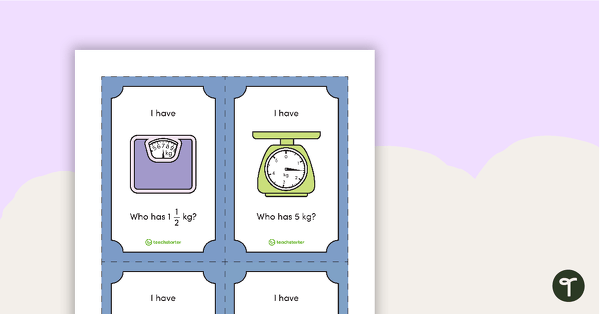
I Have, Who Has? Game – Measuring Mass with Scales
A game to reinforce the skill of reading scaled instruments when measuring mass.
- Free Plan
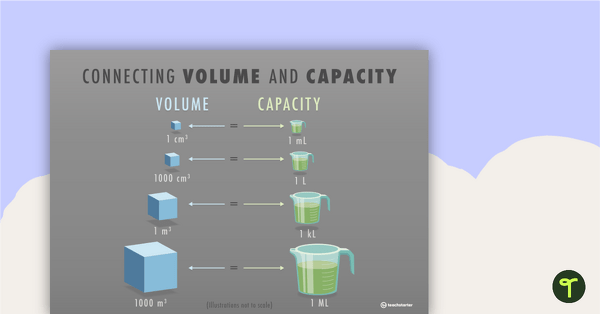
Connecting Volume and Capacity Posters
A set of three posters to help with connecting and converting units of volume and capacity.
- Free Plan

Perimeter and Area Poster
A poster that explains and compares the concepts of perimeter and area.
- Plus Plan
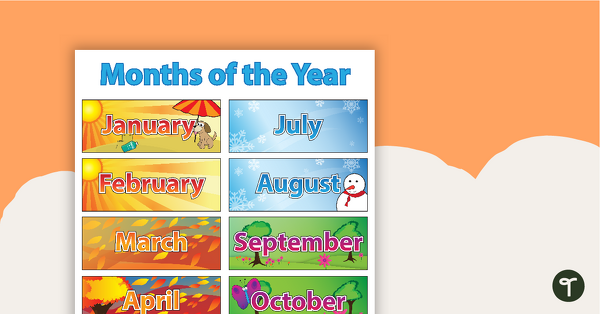
Months of the Year Poster — Southern Hemisphere
A poster displaying the months of the year.
- Plus Plan
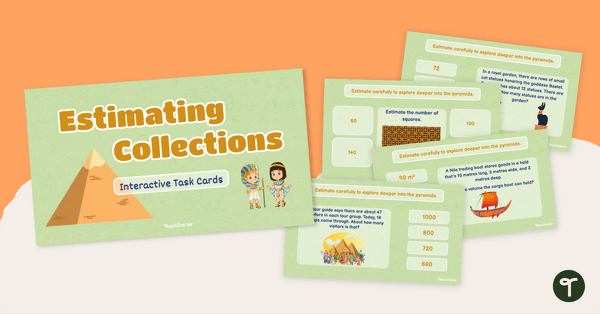
Visual Estimation Games - Estimating Collections Interactive Task Cards
Play visual estimation games like this estimating collections interactive activity to let your students hone their spatial awareness, estimation and mental maths skills.
- Plus Plan

Measuring Mass Task Cards
Explore estimation and measuring mass with this set of 24 word problem task cards.
- Plus Plan
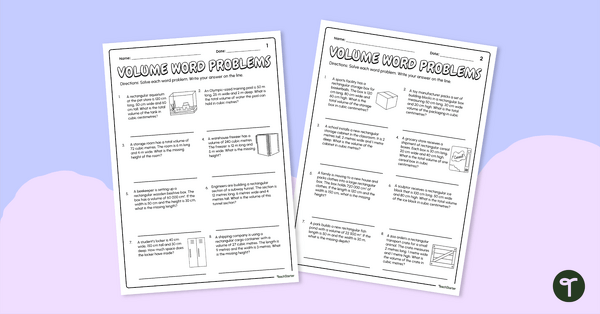
Volume Word Problems
Reinforce concepts of volume with these volume word problems worksheets that contain multiple problem types set in real-world scenarios.
- Plus Plan
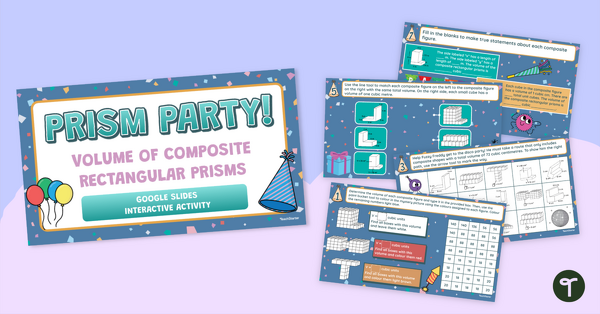
Composite Volume Problems — ‘Prism Party’ Interactive Activity
Challenge your students with this composite volume problems interactive activity that provides nine levels of volume-finding fun!
- Plus Plan
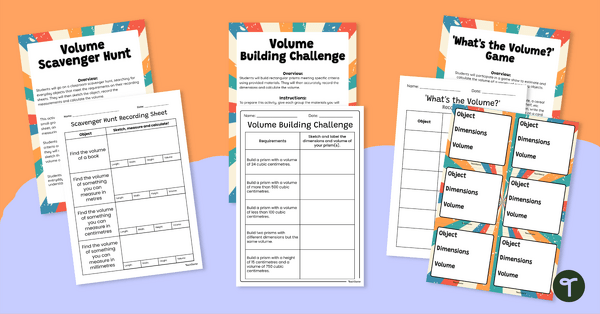
Fun Volume Activities
Bring maths to life with these fun volume activities that will have students building prisms, going on a scavenger hunt and estimating volumes!
- Plus Plan
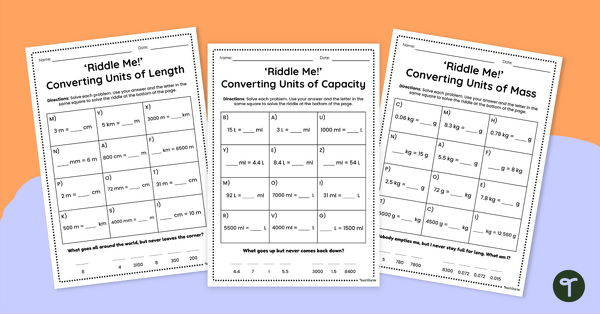
Conversion of Measurements Worksheets — ‘Riddle Me!’
Laugh and learn with our conversion of measurements worksheets that give students practice converting metric units of length, capacity and mass.
- Plus Plan
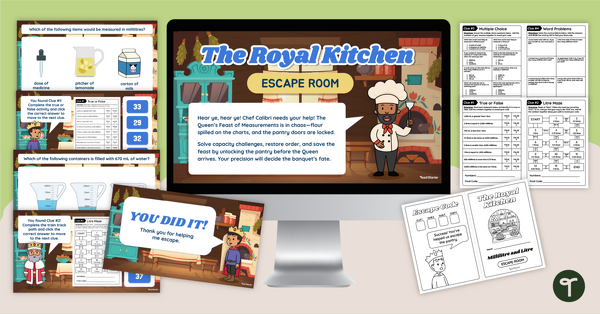
Measuring Capacity Escape Room
Explore measuring and comparing capacity in litres and millilitres with this measuring capacity escape room.
- Plus Plan

Volume and Capacity Definition Poster
Display this volume and capacity definition poster in the classroom to help students identify the main difference between capacity and volume.
- Plus Plan
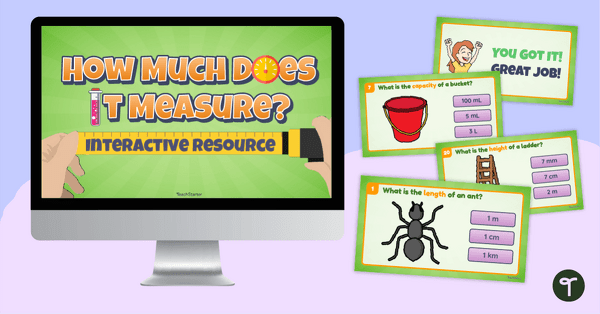
How Much Does It Measure? Interactive Measurement Game
Estimate the height, length, capacity, temperature and more with an engaging ‘How Much Does It Measure?’ Interactive Measurement Game.
- Plus Plan
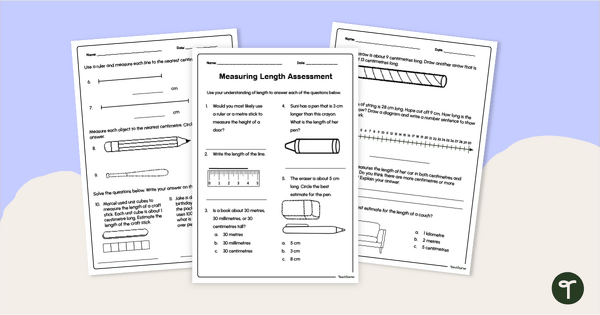
Year 3 Measurement Test - Measuring Length
Assess your Year 3 students' ability to measure length with a Year 3 Measuring Length Test.
- Plus Plan
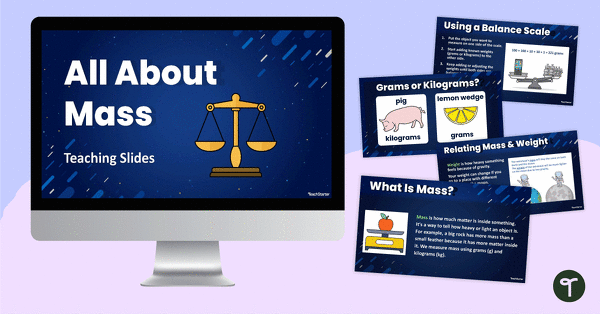
All About Mass Teaching Slides
Learn all about mass using this engaging set of teaching slides.
- Plus Plan

Year 3 Using Units of Measurement Worksheets Bundle
Download year 3 worksheets for using units of measurement that are linked to the Australian Curriculum.
- Plus Plan
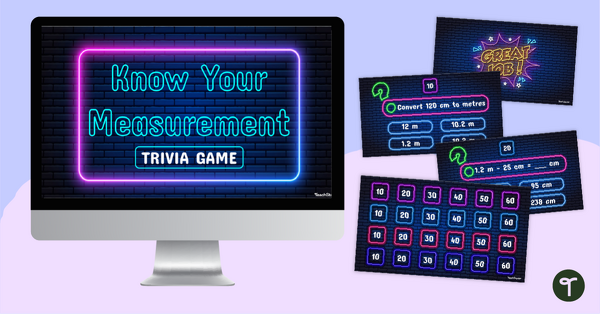
Know Your Measurement Conversions Trivia Game
Practise measurement conversions involving time, length, capacity, and volume with an exciting Know Your Measurement! Trivia Game!
- Plus Plan
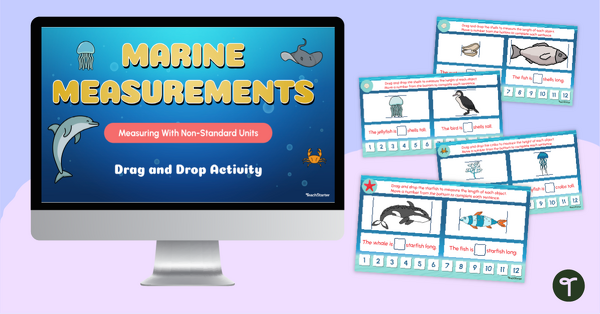
Marine Measuring With Informal Units Interactive
Dive into measurement with informal units using an engaging ocean-themed interactive measurement activity.
- Measurement Worksheets
- Measurement Games
- Measurement Posters
- Measurement Templates
- Measurement Teaching Presentations
- Measurement Projects
- Measurement for Preschool/Kindergarten
- Measurement for Foundation Year
- Measurement for Year 1
- Measurement for Year 2
- Measurement for Year 3
- Measurement for Year 4
- Measurement for Year 5
- Measurement for Year 6
- Measurement for Year 7